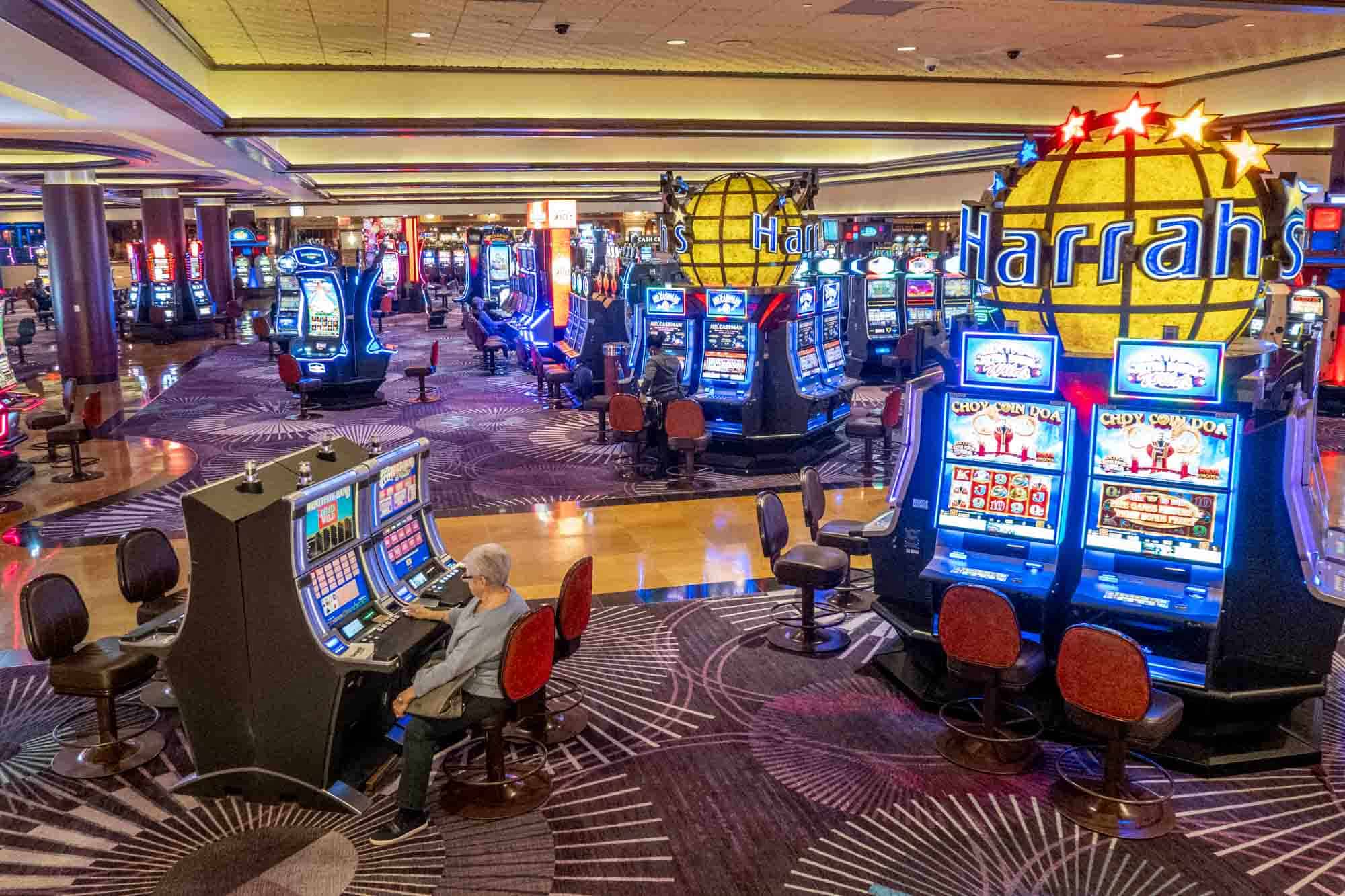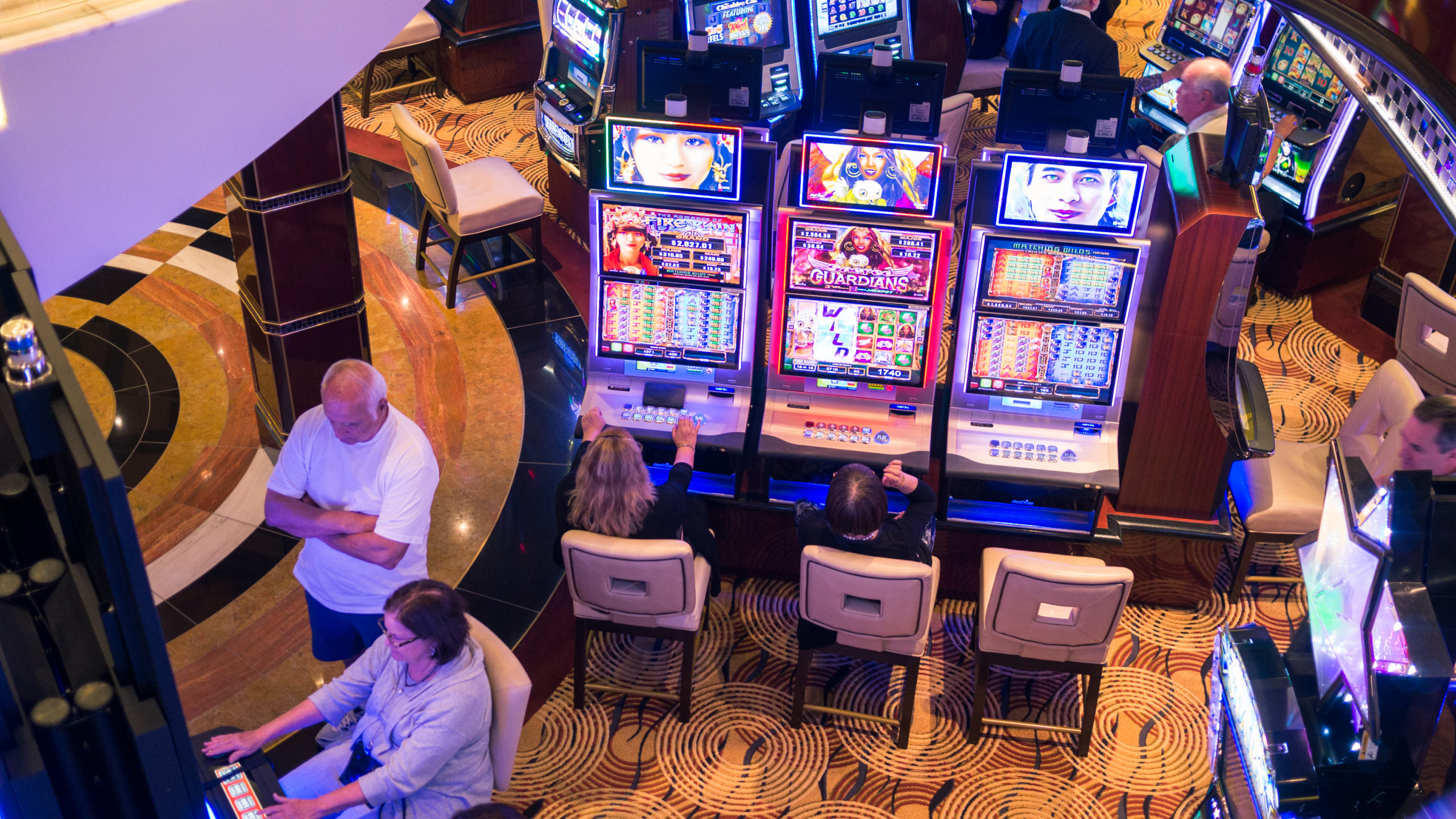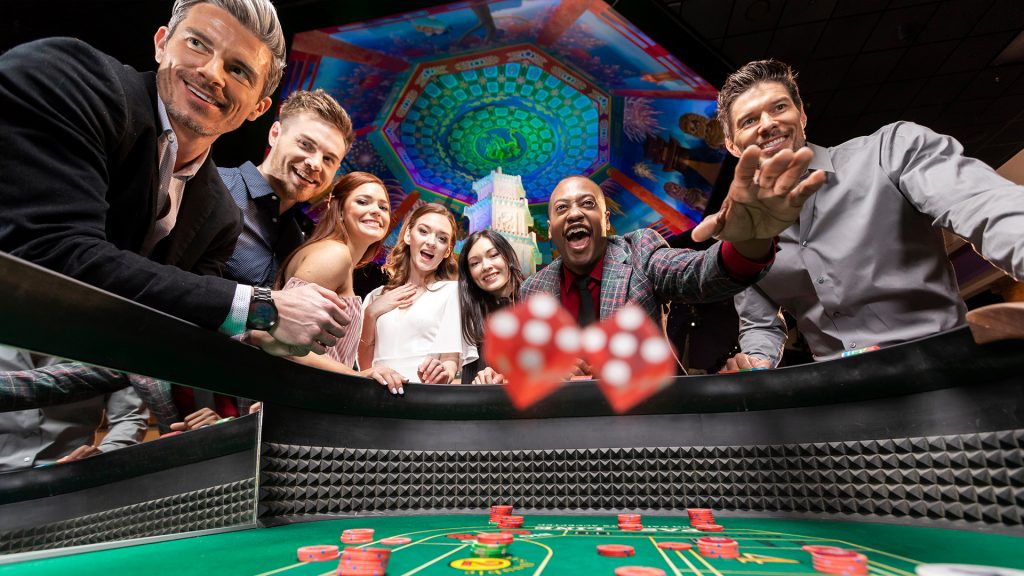TX88 Casino Payouts What Players Need to Know
**Introduction**
The online casino industry has seen an exponential rise over the past decade, with new platforms constantly emerging to provide exciting gaming experiences https://tx88x.com/. Among these is tx88 Casino, a standout destination that has garnered attention for its diverse game selection, enticing bonuses, and user-friendly interface. This blog post delves into what makes tx88 Casino a top choice for both novice and seasoned gamblers.
**A Diverse Range of Games**
One of the most appealing aspects of tx88 Casino is its extensive library of games. Players can choose from a variety of options, including classic table games, slot machines, video poker, and live dealer experiences. The platform collaborates with leading software providers such as Microgaming, NetEnt, and Playtech, ensuring a high-quality gaming experience characterized by stunning graphics and seamless gameplay.
**Enticing Bonuses and Promotions**
At tx88 Casino, players are greeted with a range of bonuses and promotions that enhance the overall gaming experience. New players can take advantage of a generous welcome bonus, which often includes a match deposit bonus and free spins to use on popular slot games. Additionally, tx88 Casino offers regular promotions, such as cashback offers, loyalty points, and seasonal tournaments, rewarding both new and returning players and keeping the excitement alive.
**User-Friendly Interface**
Navigating an online casino should be as enjoyable as playing the games themselves, and tx88 Casino excels in delivering a user-friendly experience. The casino’s website is intuitively designed, making it easy for players to find their favorite games, explore new ones, and access promotions. Optimized for both desktop and mobile devices, tx88 Casino ensures that players can enjoy a seamless gaming experience on the go, without compromising on quality or functionality.
**Safety and Security**
Security is a paramount concern in the world of online gambling, and tx88 Casino takes this seriously. The platform employs advanced encryption technology to protect users’ personal and financial data, ensuring a safe and secure gaming environment. Additionally, tx88 Casino operates under a reputable license from a recognized regulatory authority, adhering to strict guidelines and standards for fair play and responsible gambling.
**Customer Support at Your Fingertips**
Whether a player has a question about a game or needs assistance with their account, tx88 Casino provides reliable customer support. Available through live chat, email, and phone, the support team is ready to assist with any inquiries. The commitment to customer service ensures that players have a positive experience, with any issues being resolved promptly and efficiently.
**Conclusion**
In an increasingly competitive online casino landscape, tx88 Casino distinguishes itself as a premier gaming destination. With its impressive selection of games, attractive bonuses, intuitive interface, and robust security measures, it appeals to a wide range of players. Whether you’re a casual player looking to unwind or a serious gambler seeking thrill, tx88 Casino offers an unparalleled gaming experience that is both entertaining and secure. As you explore the vibrant world of online gambling, tx88 Casino stands out as a top contender, ready to provide countless hours of entertainment.







